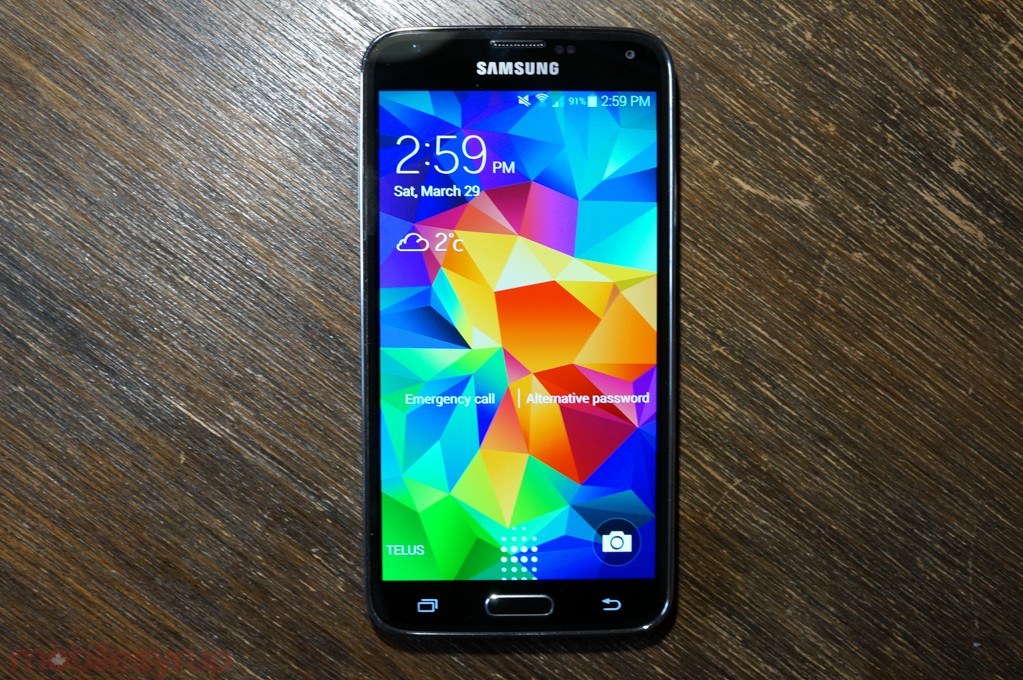It has been just 3 months since the launch of Samsung’s then most anticipated device, the S5. But, never in the history of mobile industry, have we seen a device, and specially a Samsung “S” series device, fade to history books so early, and that too, in such an ignominious way. Is it the end of “S” series’ charisma ?
As far as Samsung is concerned, we can easily make out, that yes, it is the end of road for the “S” series. Facts prove it. We’ve already received confirmed news of the fact, that the next phone, which Samsung is planning to launch, is not a S series phone.
Samsung is planning to launch its first full metallic device, the Galaxy Alpha in August sometime. And then it will be launching the next device, Note 4 , of its most successful flagship series, the Galaxy Note.
We have heard no news, as to whether Samsung is planning to revive its rise-to-fame, S series or not. The chances have become more minimal after Samsung transferred the lead design head to a different position.
Samsung, is currently the undisputed market leader as far as number of mobile units shipped are concerned. Although Samsung has stood on that position for over 3 years now, it’s share has started decreasing. The decrease may be little, but it is going to increase soon.
Let’s take a look at certain facts. In the first quarter of 2013 ( before S5’s launch ), Samsung held approximately 32% of the market share, its highest ever. Then, Galaxy S5 launched, and the share declined by 1% to approximately 31% in first quarter of 2014.
At the same time, while Samsung’s share in the global market share decreased by 1 percent, market share of “other” brands increased by a significant 2 percent. These other brands includes heavyweights like Motorola, LG and HTC, all of whom have somehow managed to revive their dying brand.
This market share, which Samsung currently holds, is quite significantly drawn by its shipments of entry level and mid range smartphones in developing markets like India, China, Russia and Brazil. This scenario, is set to change.
Emerging markets like those mentioned above, and specially India have seen a boom of smartphone users. And what Samsung has to worry about, is the fact, that this boom has not been initialised by Samsung phones. For example, in the Indian market, this boom is a result of the combined efforts of Motorola, Xiaomi and of course, Flipkart !
Reasons for Samsung’s declining popularity and market share are many. The major cause being, its no-more-innovative, S series. There was a time, when Samsung launched its highly advanced and innovative (at that time), Galaxy S2. This helped Samsung so much for the fact that people now anticipated for the next S series phone,more, than they anticipated for the next iPhone !
After S2‘s phenomenal success, Samsung launched the S3, which was again, a resounding success. Then came a phone, which truly established Samsung, as a global market leader. The phone, was Galaxy S4 and its popularity can be gauged from the fact that even after a year and a half of its launch, the phone sells at price, which is just ₹ 5000 less, than Samsung’s current flagship device, the S5.
The fall of Samsung’s S series, can be easily compared to that of EA’s most popular franchise, the Need for Speed. Both rose to fame at a time when a different vendor dominated their respective industries. The only difference between the two being, Samsung’s fame appears to be far too short lived than that of Need for Speed.
Samsung, as a brand, may not die too soon, as it still continues to dominate the smartphone market, with almost double the market share as that of Apple. But as far as the S series is concerned, it has died, an untimely and an undeserving death.







